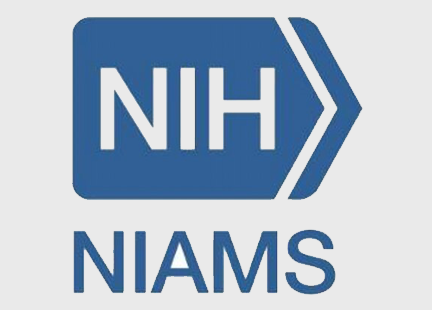
September Is National Suicide Prevention Awareness Month

Suicide is the 10th leading cause of death for all Americans and the 2nd leading cause of death for individuals between the ages of 10 and 34. Native communities bear the largest burden of suicide among all racial/ethnic groups in the United States, with Native youth being disproportionately affected. In parallel with National Suicide Prevention Awareness Month each September, Hope for Life Day provides the opportunity to increase awareness and spotlight current efforts toward Native suicide prevention.
This issue features information that individuals and communities can use to raise awareness about suicide. It is brought to you by the National Institute of Mental Health (NIMH), a part of the National Institutes of Health (NIH); the Indian Health Service (IHS); and the Substance Abuse and Mental Health Services Administration (SAMHSA), all components of the U.S. Department of Health and Human Services. All resources listed are available free of charge.
Featured Health Information
Suicide in America: Frequently Asked Questions is an NIMH fact sheet that gives an overview of suicide, including risk factors, what we know about the causes and some of the things people can do to prevent suicide.
NIMH Answers Questions About Suicide is an NIMH brochure answering questions about suicide and suicidal thoughts/behaviors in young people, including risk factors, warning signs, resources, social media, reporting on suicide and prevention.
Depression: What You Need To Know is a booklet from the NIMH that contains information on the signs and symptoms of depression, treatment and support options and a listing of additional resources. Depression is a risk factor for suicide; the booklet can help someone recognize the symptoms of depression and understand how it is treated.
How To Talk About Suicide, from the IHS, offers conversation tips that may be useful to health professionals, friends and family of anyone who may be thinking about suicide. Talking about suicide and listening to those who share suicidal thoughts or behaviors are important tools that may be used to prevent suicide and help heal those who have lost hope.
Suicide Prevention in Indian Country is a fact sheet from SAMHSA’s Tribal Training and Technical Assistance Center developed for tribes and the agencies that work with them. The fact sheet reviews how the latest version of the National Strategy for Suicide Prevention applies to tribal communities.
Suicide Clusters Within American Indian and Alaska Native Communities, a report from SAMHSA, reviews what is known about suicide clusters within American Indian and Alaska Native (AI/AN) populations and uses that information to provide recommendations for stakeholders working to prevent and contain suicide clusters within AI/AN communities.
A report from the Centers for Disease Control and Prevention, titled Suicides Among American Indian/Alaska Natives, presents an analysis of National Violent Death Reporting System data from 18 states comparing differences in characteristics and circumstances between AI/AN and white individuals who have died by suicide. The high prevalence of suicide among the AI/AN population and the comparative differences in suicide circumstances among AI/AN decedents illustrate some of the disparities this population faces. Focused, yet comprehensive, suicide prevention and intervention efforts are needed that incorporate culturally relevant, evidence-based strategies at the individual, interpersonal and community levels.

The National Suicide Prevention Lifeline is a 24-hour, toll-free, confidential suicide prevention helpline available to anyone in suicidal crisis or emotional distress. When dialing 1-800-273-TALK (8255), the call is routed to the nearest crisis center in the Lifeline’s national network of more than 150 crisis centers. The Lifeline provides crisis counseling and mental health referrals day and night, 365 days a year.

The RISING SUN Toolkit, an NIMH-led mental health resource, offers information to support suicide prevention efforts in Arctic Indigenous communities, including lessons learned from communities that have successfully implemented effective suicide prevention interventions, a collection of outcomes to evaluate interventions and strategies for using the kit.

The SAMHSA-funded Suicide Prevention Resource Center American Indian/Alaska Native Settings portal gives health professionals resources to support suicide prevention and promote mental health among Native populations.
Suicide Safe, SAMHSA’s suicide prevention app for mobile devices and optimized for tablets, helps health care providers integrate suicide prevention strategies into their practice and address suicide risk among their patients.
SAMHSA’s Tribal Training and Technical Assistance Center provides resources and training on mental health and substance use disorders, suicide prevention and the promotion of mental health. The center supports Native community self-determination through infrastructure development, capacity building and program planning and implementation.
This resource from SAMHSA, A Journey Toward Health and Hope: Your Handbook for Recovery After a Suicide Attempt, includes personal stories from survivors and strategies for recovery after a suicide attempt, such as re-establishing connections and finding a counselor.
News & Events
Three NIMH-funded collaborative research hubs are exploring the factors behind the high suicide rates among AI/AN youth and designing and testing approaches to prevent suicide. In each hub, research centers and tribal or urban AI/AN leaders and organizations work together to provide information on which to base effective, community-based and culturally sensitive preventive approaches that are suitable for use in low-resource settings.












